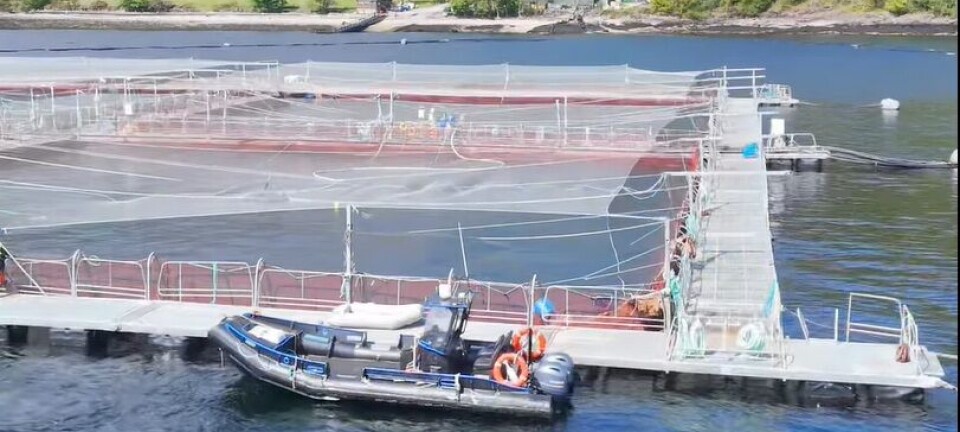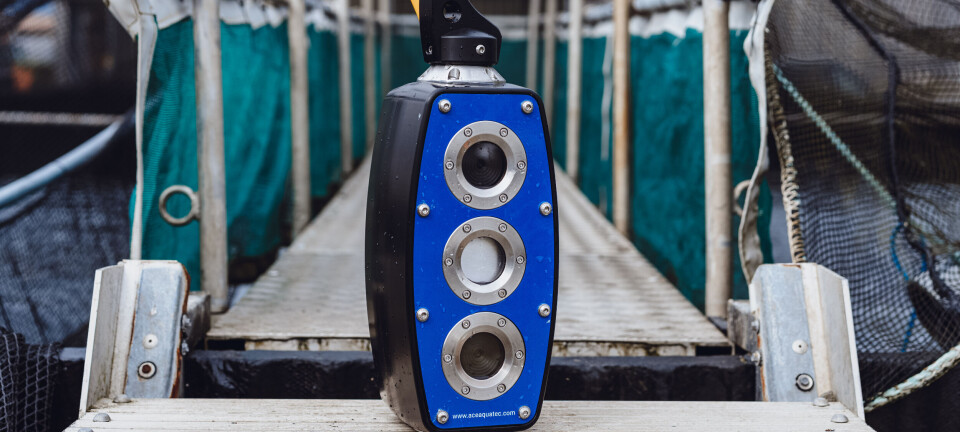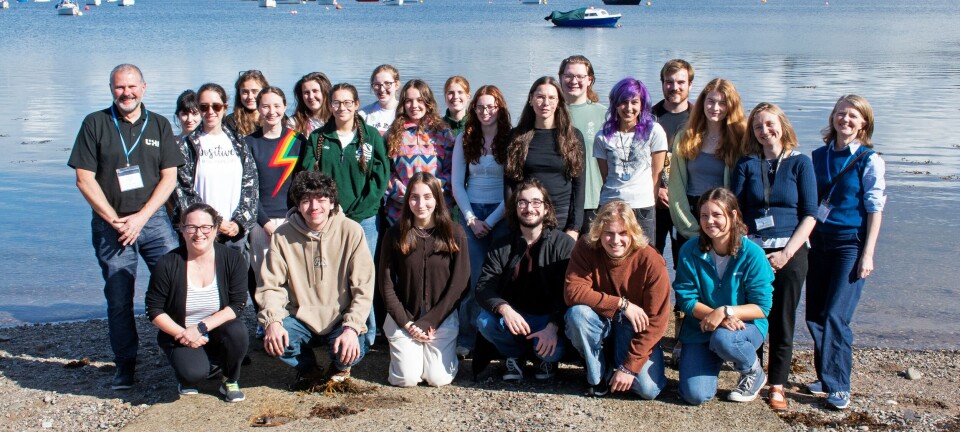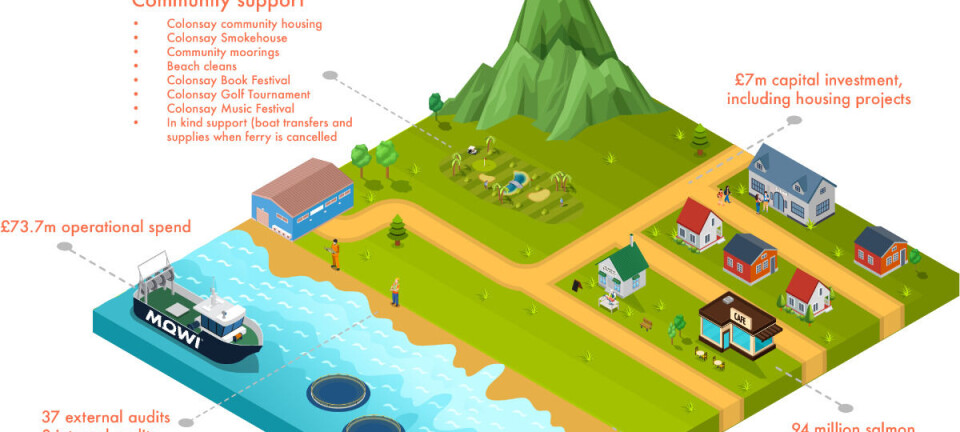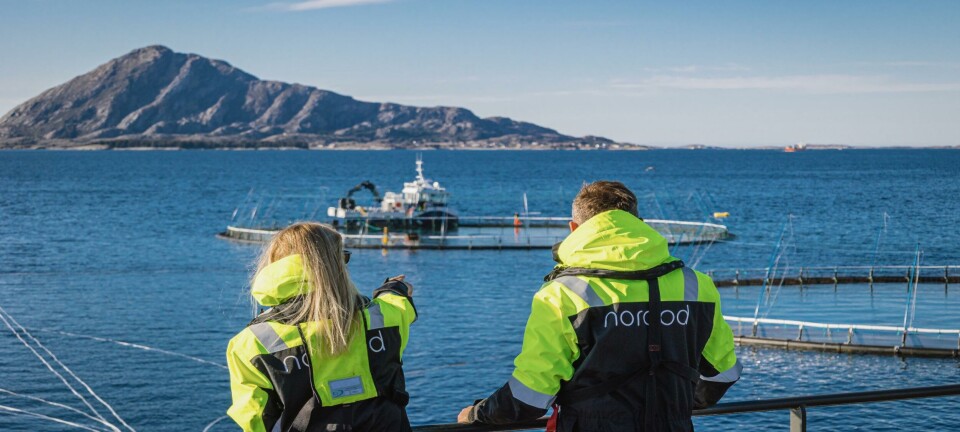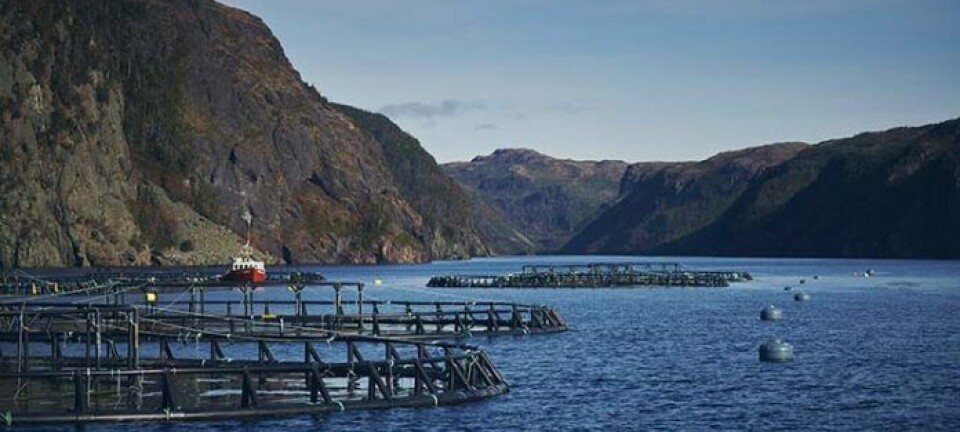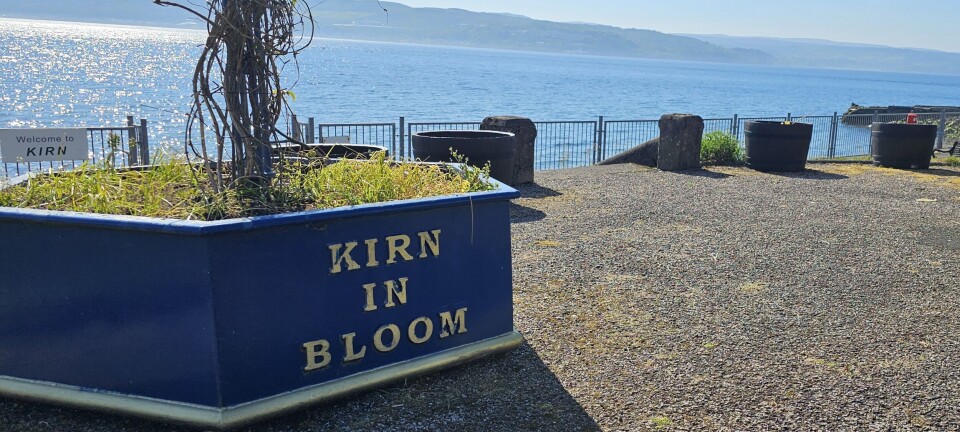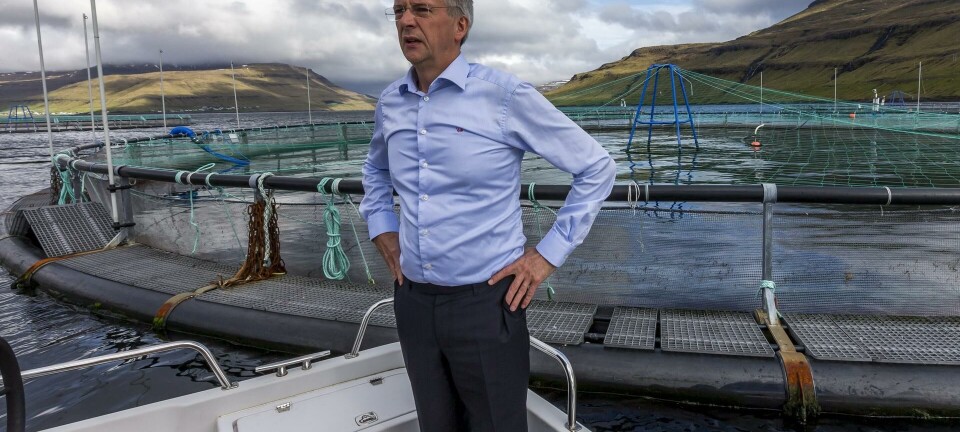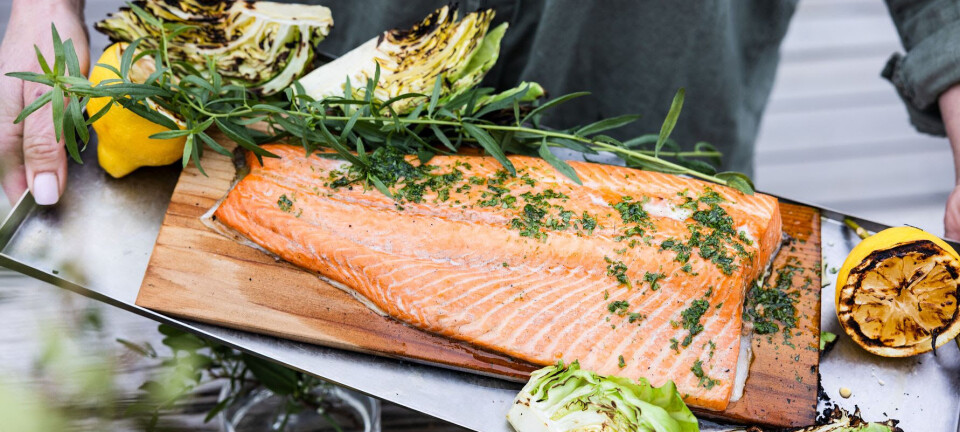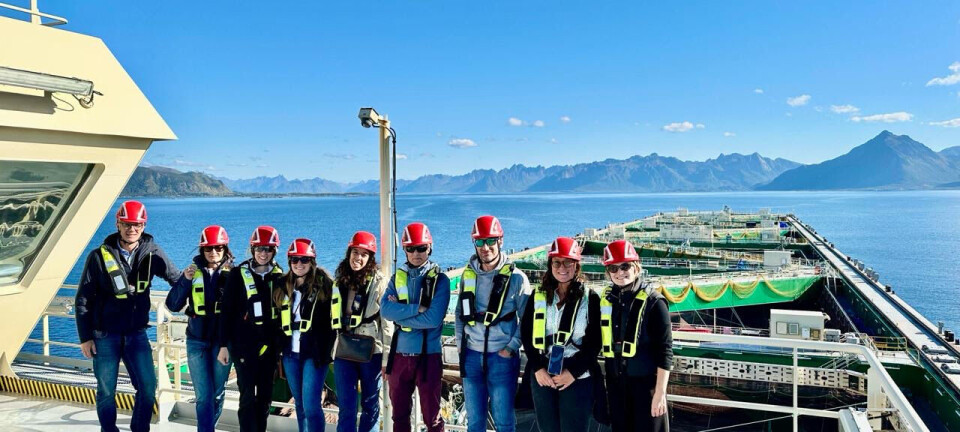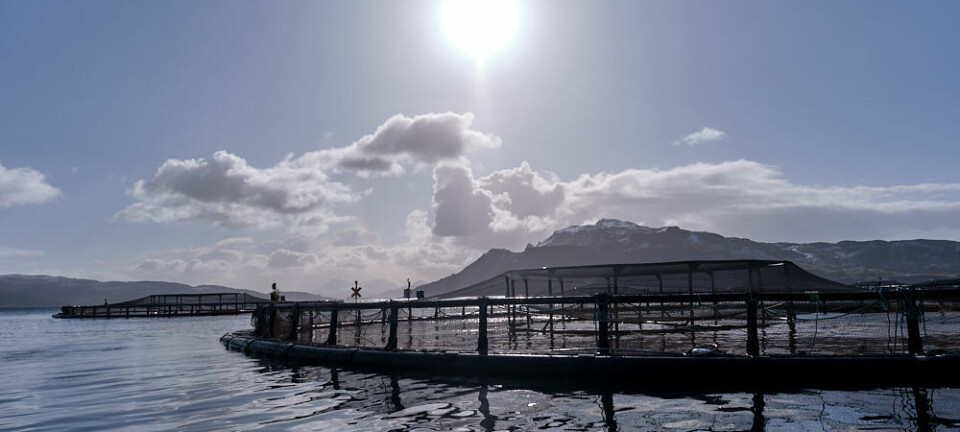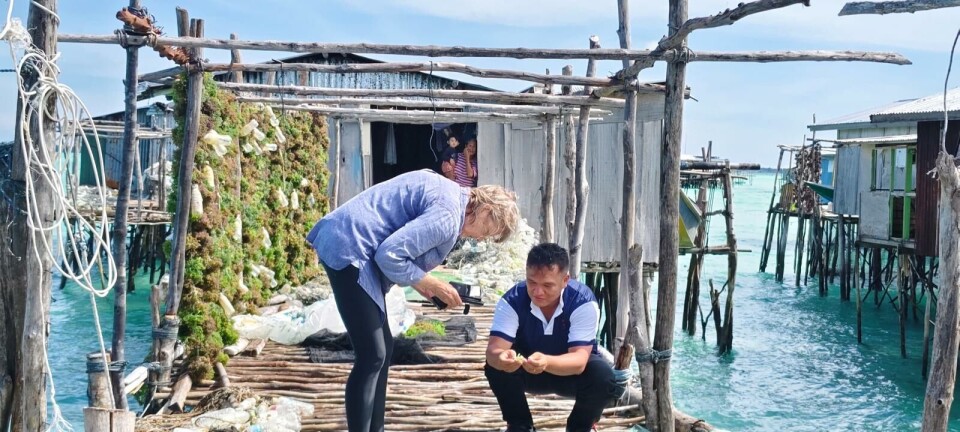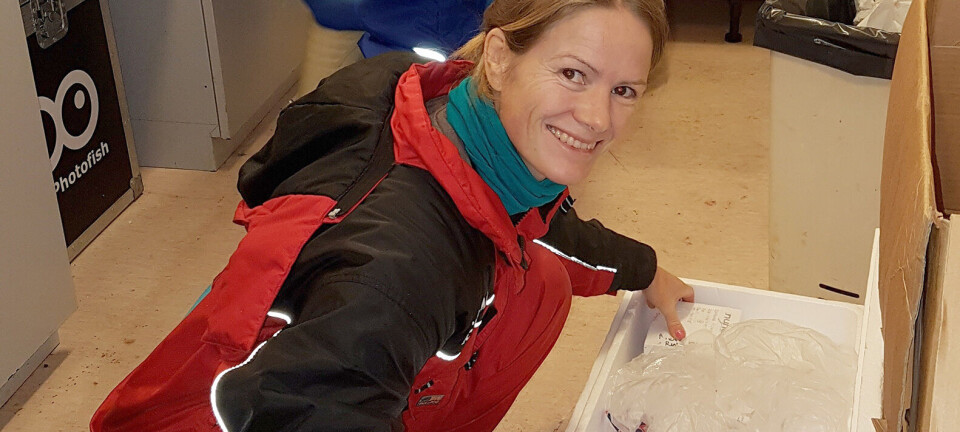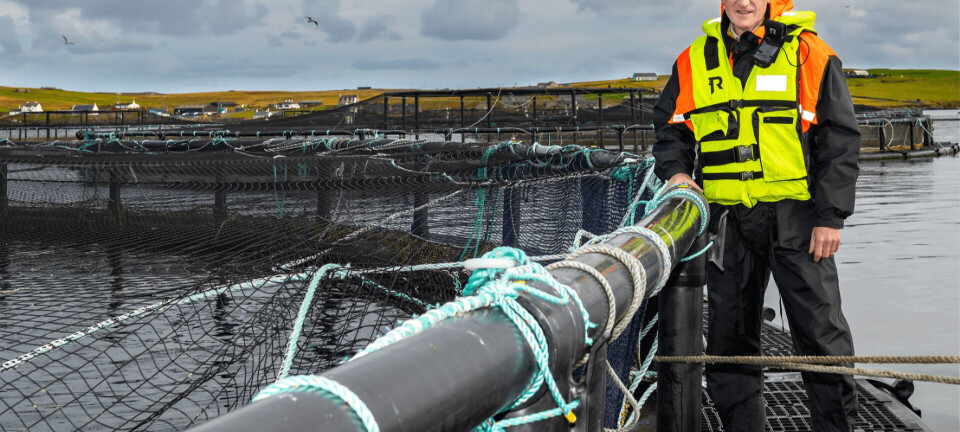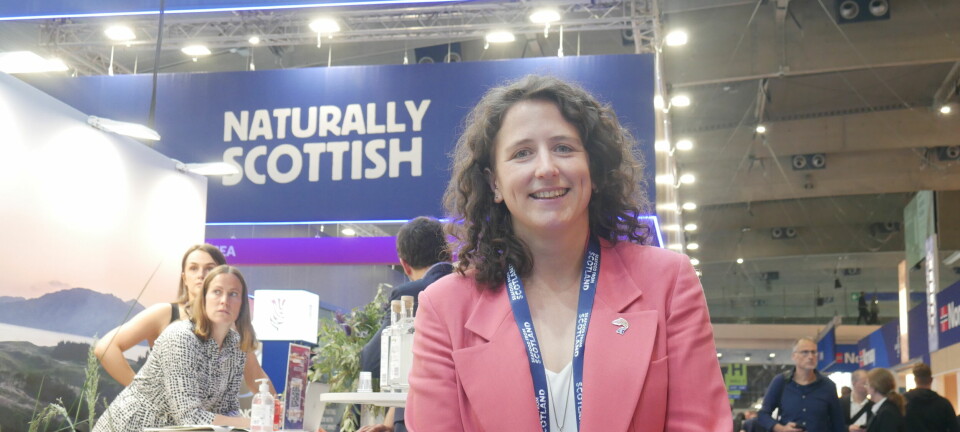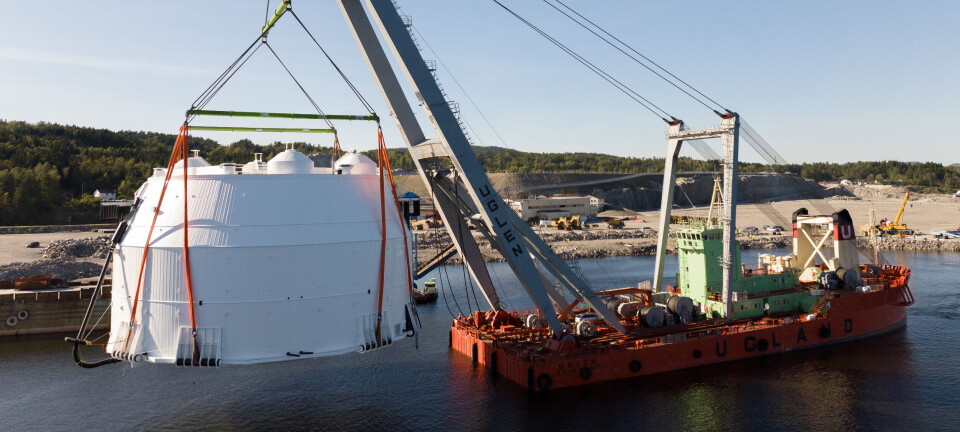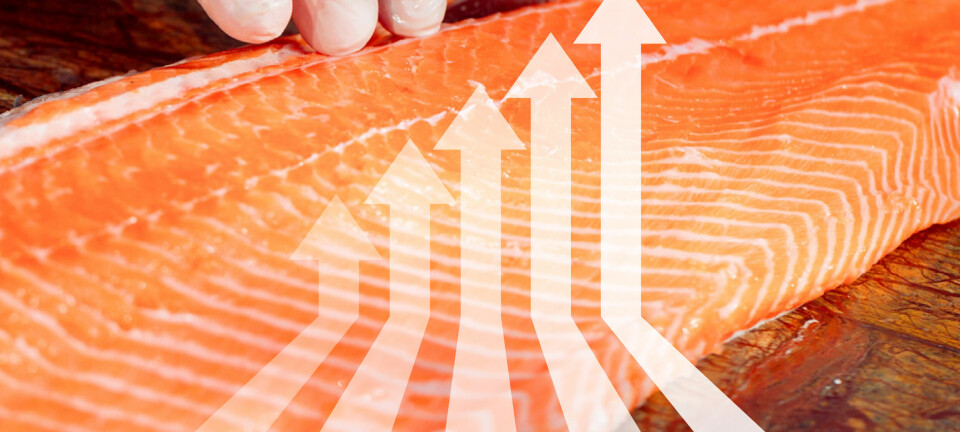
Fresh fish not always eco-friendly
USA: Everybody wants the freshest food, including fresh fish. It is the trademark of a healthy diet. American supermarket counters and fine restaurant menus boast fresh fish species from all corners of the world.
So, how do these supermarkets and restaurants get their fresh fish delivered? In most cases the products are delivered by air. Sometimes by dedicated fish cargo planes, other times when volumes are smaller, as a very valuable add on cargo for commercial airlines.
However, jetting the fish around the world does not come without a hefty environmental price tag. Therefore, according to a Washington Post report, a group of chefs and food service vendors has started to promote a radical shift in practice by encouraging increased use of fish that is frozen at sea. Frozen fish can be transported by ship, truck or train at a far lesser eco-cost.
According to the article, shipping seafood by air generates ten times as much greenhouse gas as transferring the same amount by container ship and five times as much as using trucks. The article further explained that transporting what Americans eat accounts for 80 percent of the US food system's greenhouse gas emissions. The average American's eating habits account for 2.8 tons of carbon dioxide emissions each year, compared with the 2.2 tons of carbon dioxide the same person generates by driving.
Using farmed fish is definitely another way of reducing the carbon footprint. Especially sourcing fish and other seafood from local, or relatively close by, farms will reduce the need for long distance transportation and at the same time secure fresh products.
